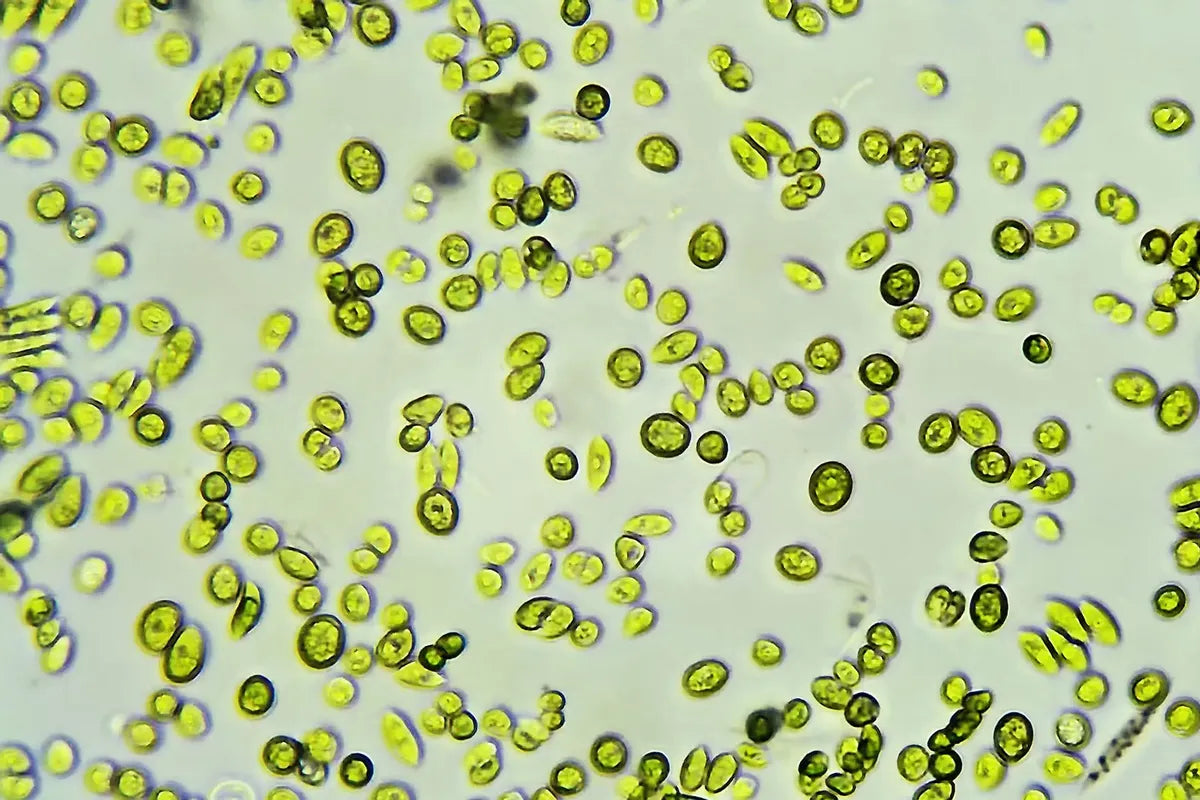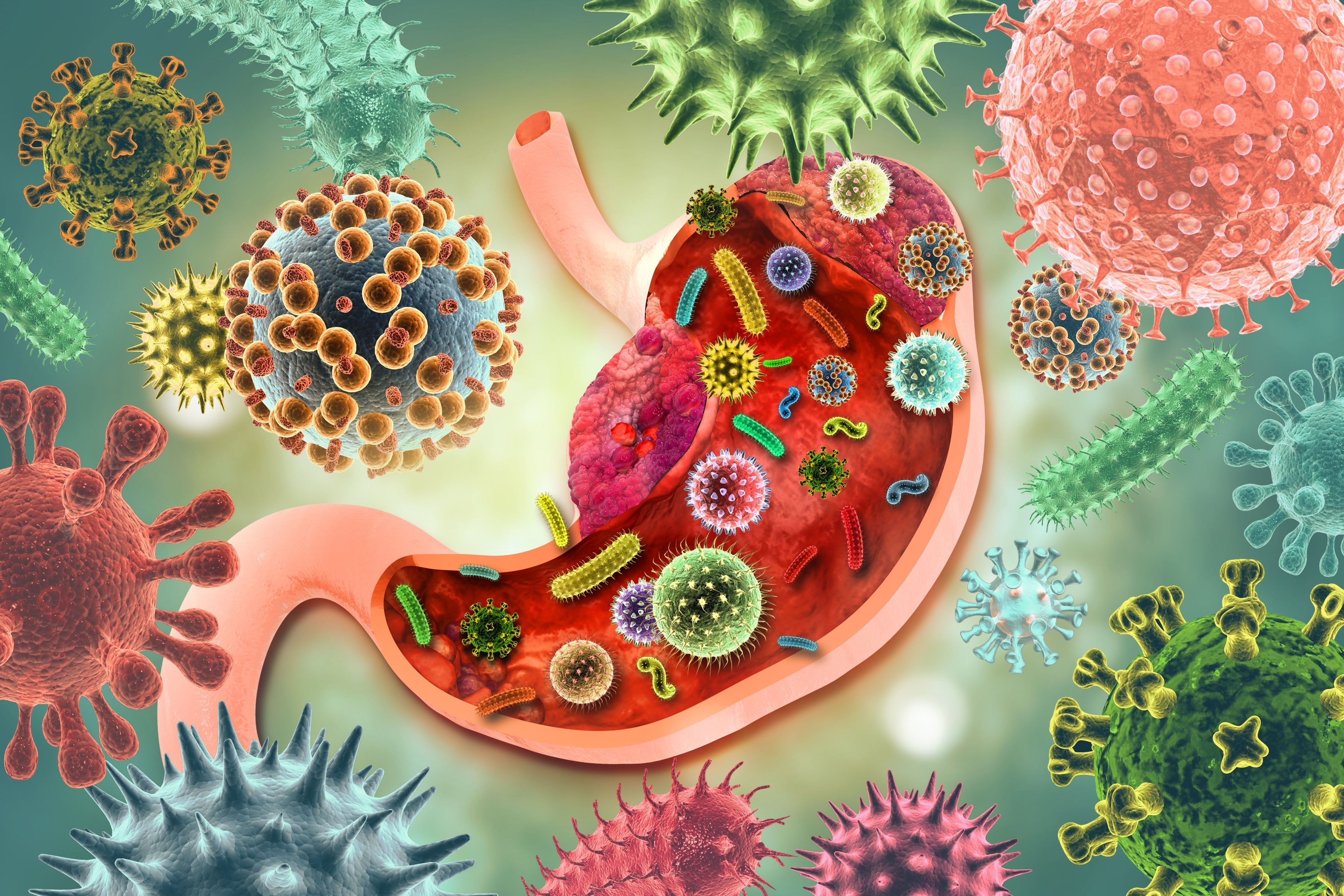TITLE: How Inflammation Works: Autoimmune Conditions
AUTHOR: Eleanor Good (Student Nutritionist)
The human body (and its intelligent immune system) is designed to thrive. It has the innate ability of protecting itself from harm by fighting against unrecognised specimens or pathogens such as bacteria, virus or harmful microorganisms that can lead to infection or disease [1].
Proteins in the blood called antibodies recognise the presence of a foreign body which triggers the immune response, prompting the production of inflammatory (white blood) cells, required to fight infection and commence healing[2].
Normally, the immune system can tell the difference between foreign cells and your own cells and this inflammation only lasts temporarily (such as when you recover from the virus). However, in people with autoimmune conditions, the immune system mistakenly sees healthy parts of your body as foreign and attacks them resulting in chronic inflammation.
There are more than 80 different autoimmune conditions5, all of which have a unique set of symptoms and treatment options. The following highlights some of the more common autoimmune conditions and explores some of the nutrients that are considered important for our health.
The role of inflammation in common autoimmune conditions
Rheumatoid arthritis is characterised by swelling and pain in the synovium of joints due to thickening and fluid accumulation caused by inflammatory processes, which can ultimately lead to permanent damage and loss of function[3]. Whilst it affects all people differently, most people will experience significant inflammatory ‘flares’ whereby the inflammation leads to joint immobilisation and pain due to tissue damage and bone erosion[4].
Nutrients that can assist in maintaining healthy joints include omeg- 3 fats, specifically eicosapentaenoic acid (EPA) and docosahexaenoic acid (DHA) and an omega-6 fat called gamma-linolenic acid (GLA)6.
Multiple Sclerosis (MS) is a disease of the central nervous system where the immune system attacks the protective myelin sheath layer that surrounds the axon of neurons, causing disruptions in communication from the brain and spine to the rest of body. Whilst researchers are still trying to understand what triggers the immune response during a ‘flare up’ that attacks the myelin, causing permanent lesions (scar tissue) that result in the experienced signal disruption, it causes symptoms such as numbness, dizziness, fatigue or loss of balance and vision.
Interestingly, researchers at MS Research Australia are currently investigating the impact of diet on MS progression.
For those that are new to Nuzest, Nuzest’s Co-Founder, Monique Bolland, was diagnosed with MS when she was just 22. Not satisfied with the bleak prognosis she was given, Monique and her father Trevor looked to experts all over the world for advice – from neurologists and scientists, to naturopaths and everyone in between. Monique shares some of the nutrition strategies that she has used to help manage her symptoms, as well as sharing insight into her own MS journey in our article ‘Multiple Sclerosis, Nutrition and Good Green Vitality’
Coeliac disease (CD) is an autoimmune disease triggered by an abnormal immune response to gluten. Gliadin, one of the two proteins which form gluten, is the toxic component in coeliac disease initiating immune activation. The inflammatory damage primarily affects the small intestine, the organ responsible for the majority of nutrient absorption from food. Symptoms manifest differently in different people, thus are varied, however commonly include fatigue, weight loss, diarrhoea, anaemia, osteoporosis and depression.
The only known treatment for coeliac disease is a strict gluten-free diet and adhering to this will help resolve inflammation in the gut. Due to the fact that sufferers must comply with a life-long restricted diet, a premium strength multivitamin may be useful for supporting nutritional requirements.
Hashimoto’s disease is an autoimmune condition in which your immune cells (normally the good guys) attack the tissue around the thyroid gland. The thyroid gland is a vital hormone gland and plays a major role in metabolism, growth and development within the human body. This attack on the thyroid gland results in an inflammatory response which often goes undetected for many years due to an absence in noticeable symptoms7.
Nutrients that are important for healthy thyroid function include iodine, selenium and zinc.
Managing inflammation and autoimmune conditions is not an easy task. There are many lifestyle factors that contribute to the overall presence and impact of inflammation in the body. Diet and nutrition are one component that can help support overall health but should be considered as part of a comprehensive and holistic health plan.
Bridging the gaps in your diet with Good Green Vitality is one way to ensure you are getting the top up you need in one daily serve of many of the important nutrients that play a critical part in your health and wellbeing.
The information provided in this article is intended for educational purposes only and is general advice. It should not, nor is it intended to be, relied on as a substitute for individual medical advice or care. If the contents of this, or any other of the blogs in this series raises any concerns or questions regarding your health, please consult a qualified healthcare practitioner.
References
[1] Chaplin D. D. (2010). Overview of the immune response. The Journal of allergy and clinical immunology, 125(2 Suppl 2), S3–S23. https://doi.org/10.1016/j.jaci.2009.12.980
[2] Duan, L., Rao, X., & Sigdel, K. R. (2019). Regulation of Inflammation in Autoimmune Disease. Journal of immunology research, 2019, 7403796. https://doi.org/10.1155/2019/7403796
[3] Demoruelle, M. K., Deane, K. D., & Holers, V. M. (2014). When and where does inflammation begin in rheumatoid arthritis?. Current opinion in rheumatology, 26(1), 64–71. https://doi.org/10.1097/BOR.0000000000000017
[4] Hitchon, C. A., & El-Gabalawy, H. S. (2011). The synovium in rheumatoid arthritis. The open rheumatology journal, 5, 107–114. https://doi.org/10.2174/1874312901105010107


















































